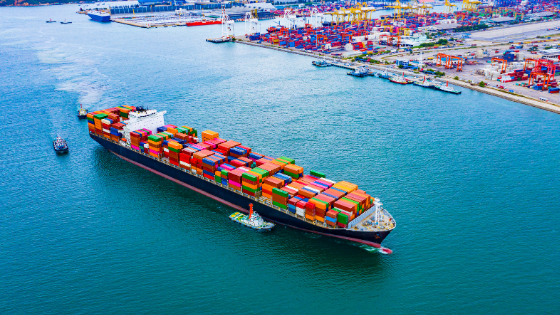The maritime industry faces unique environmental, health, and safety challenges which employees are asked to deal with every day.
If there is a risk to be faced, chances are good that maritime employees have to deal with it at least once in the course of their shift.
Because of this, the Occupational Safety and Health Administration (OSHA) has extensive guidelines designed to protect the wellbeing of maritime workers.
Here are a few essential OSHA maritime standards you need to be aware of as an employer.
General Working Conditions
OSHA recognizes that maritime employees are placed at unusually high risk. Shipyard workers, in particular, face some of the most high-risk conditions in the U.S., including a variety of industrial operations and complex heavy equipment.
Worse, these tasks are performed outdoors in all sorts of weather conditions, as well as confined spaces, onboard vessels, and on crowded decks. It doesn’t help that shipyards are multi-employer settings, between shipyard employees, ship crews, and contractors.
Because of this, OSHA places the burden of responsibility for compliance on employers. The standards attached to that responsibility are extensive.
To start with the basics, employers are responsible for maintaining good housekeeping practices to eliminate hazards to the furthest practical extent. For example, employers must eliminate slippery conditions to the best of their ability, prevent employees from working on slippery surfaces, and provide slip-resistant footwear.
They should also store equipment and materials in a manner that does not create hazards for employees. Flammable or combustible substances must be disposed at the end of the work shift or when the job is completed (whichever comes first) and employees must have easy access fire-prevention measures.
Safety While Working Alone
There are specific regulations that apply to employees working alone. OSHA guidelines define working alone to include:
- An employee working alone in a confined space
- An employee working alone on a job task at the far end of a vessel or shipyard
- An employee working alone in a sonar space, hold, or tank
- Two employees working on opposite sides of a metal partition
- One employee performing hot work, with a fire watch located on the other side of a bulkhead
Whenever an employee is working alone, their employer or the employer’s representative must account for each worker.
Employers or their representatives must check employees at regular intervals by visual communication (in-person or camera) or verbal communication (in-person, two-way radios, or intercoms).
Medical Services and First Aid
At the most basic level, OSHA requires employers to ensure that medical services and first aid are easily accessible.
For example, the employer must ensure that there are a sufficient number of employees trained as first aid responders available during any given work shift. This is determined based on:
- The size and location of the worksite
- The hazards at each worksite
- The number of employers at each worksite
- The distance of each worksite from the nearest hospital, clinic, or rescue squad.
Employers must also demonstrate that outside emergency medical providers can reach the worksite within five minutes of a report of injury or illness. There should also be a sufficient number of first aid supplies at any given worksite.
Navigating OSHA Maritime Standards
Making heads or tails of OSHA maritime standards can sometimes feel like fitting the ocean in a thimble. There are so many potential hazards and work conditions change so quickly that it’s difficult to stay on top of all of them.
However, as an employer, it’s your responsibility to do so. We can help make that burden a little lighter.
We provide comprehensive solutions to help employers manage compliance, security, and safety. Use our contact page to find out more about how we can help.
Further Reading:
